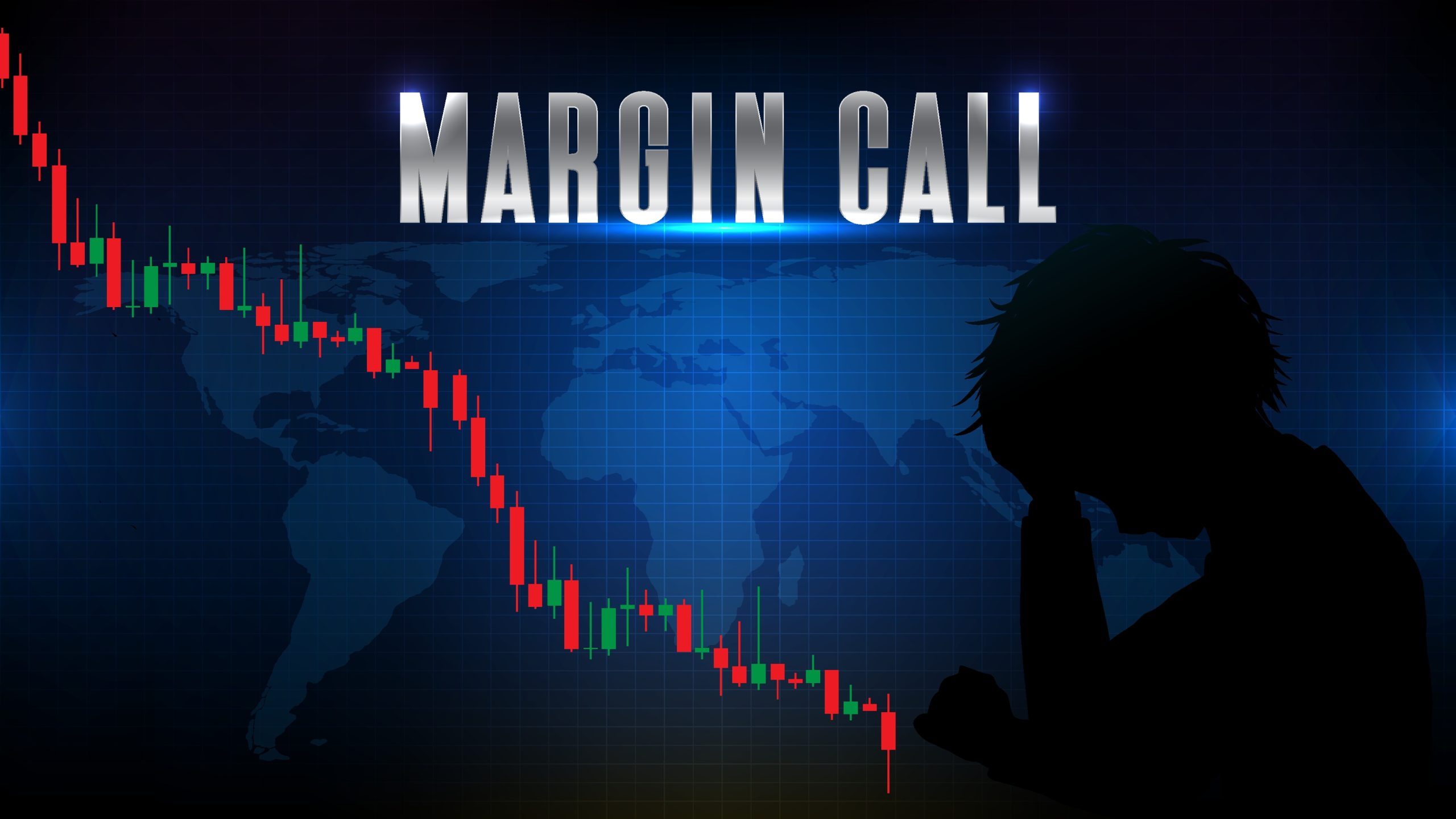
Are you curious about what a margin call might entail? “What is A Margin Call” is an engaging article that unfolds the many layers and meanings behind the term ‘margin call’. This feature will help clarify the concept, drawing from its roots in the financial world, explaining the implications it can bear on an investor’s portfolio, and providing insight on how to potentially handle a situation involving a margin call. Strap yourself in and prepare to embark on a rewarding journey towards financial literacy!
Definition of Margin Call
The financial market is often flooded with jargon. If you engage in financial activities such as investing in stock markets or trading, you are likely to encounter the term ‘Margin Call’.
Basic understanding of margin call
In the realm of investing, a margin call is a situation that can quickly turn your efforts and plans upside-down. Essentially, a margin call is when your broker demands that you deposit more cash or securities into your account to meet the minimum margin requirement. This is usually triggered when the market fluctuates negatively, impacting your investments’ value.
Financial terminology explanation
A margin call occurs after trading ‘on margin,’ which is borrowing money from your broker to purchase an investment. You essentially take a loan against your existing holdings to purchase additional investments. This method can help amplify your earnings, provided your investments work out as you expect, but can also pose a significant risk if they don’t.
Trading on Margin
Trading on margin involves borrowing capital from your broker to buy more securities than you could have with just your own cash. It can potentially lead to higher returns but comes with its risks and complexities.
How margin trading works
Margin trading begins with you opening a margin account with your broker, which is different from a regular cash account. In this account, part of the money comes from your own pocket, and the rest is lent by the broker.
The borrowing aspect of margin trading
The borrowed money is done on an interest that you will need to repay regardless of the outcome of your investments. As a way to mitigate the risk for the broker, they protect themselves with something known as the minimum margin – a predefined value of your account below which you cannot drop.
Risks and rewards of margin trading
When your stocks perform well, your profits can be greatly magnified with margin trading. On the other side of the coin, should your investments underperform, not only could you lose your money, but you also have to repay the amount you borrowed.
Process of Margin Call
The menace that creeps in the shadow of margin trading is the margin call. It’s a communication from your broker that your margin balance has fallen below the broker’s required amount.
When does a margin call occur
A margin call is typically triggered when there’s a significant drop in the market price of your marginable securities, resulting in the reduction of your margin balance.
How brokerages issue margin calls
When a margin call happens, the brokerage will notify you, often via email or a phone call. Sometimes, brokerages are not required to give you a notice and can take action at their discretion.
The role of market volatility in margin calls
Market volatility plays a crucial role in margin calls. A sharp dip in the price of your marginable securities can lead to a swift margin call. Therefore, volatile markets are areas where margin calls frequently occur.
Impact of Margin Call
Once a margin call occurs, it can have significant impacts on your trading account and emotional well-being.
Immediate consequences of margin calls
Your broker has the right to sell your securities without your consent to meet the margin requirement. Often, they won’t consult with you about which securities to sell.
Long-term effects on investor’s portfolio
Over the long-term, repeated margin calls can have a disastrous effect on your portfolio’s health. In some cases, it can wipe out a significant portion of your investments.
Emotional toll of margin calls
Margin calls can also have profound emotional consequences. Investors often feel stressed or anxious dealing with margin calls, especially when large amounts of money are involved.
Possible Responses to Margin Calls
Margin calls are not the end of the world, and there are a few actions you can take in response.
Depositing more money or assets
The simplest way to meet a margin call is to deposit more cash or additional marginable securities into your account.
Closing out positions
Another response to a margin call is to close out some of your positions. However, you’ll need to consider the tax implications of selling securities.
Converting positions to cash
You can also convert your positions to cash, but this may not always be the best option, especially if you’re dealing with a depressed market where your securities could sell for a loss.
Preventing Margin Calls
While it’s impossible to eliminate the risk of a margin call entirely, there are a few strategies you can employ to mitigate the danger.
Importance of monitoring investments
By closely monitoring your investments and keeping an eye on market trends, you can adjust your portfolio accordingly and minimize the risk of a margin call.
Maintaining adequate margin balances
Maintaining an adequate margin balance is another way to prevent margin calls. Although the exact amount will depend on your individual circumstances, it’s generally good practice to ensure your margin balance is at least 20% of your total portfolio value.
Being aware of market trends and volatility
Staying informed about market trends and volatility can also help you mitigate margin call risk. You should regularly review and understand your portfolio’s performance to make informed investment decisions.
Regulations Related to Margin Calls
Financial regulatory bodies heavily regulate margin trading and margin calls to protect both the investor and the economy as a whole.
Financial regulatory organizations’ stance
Regulatory organizations such as the Financial Industry Regulatory Authority (FINRA) and the Securities and Exchange Commission (SEC) have strict rules regarding margin trading.
Laws and regulation pertaining to margin calls
The SEC requires a minimum of $2,000 or 100% of the purchase price of the securities, whichever is less, in the account before a broker can lend on margin. If the equity in a margin account falls below 25% of the account value, a margin call is triggered.
The role of government oversight
The government’s role in margin regulation is to ensure the soundness of the financial system. They focus on preventing excessive borrowing or risky behavior that may potentially lead to a financial crisis.
Examples of Margin Calls
Margin calls are not uncommon, and understanding these real-life instances can provide useful insights for investors.
Case studies of real margin call situations
For instance, during the Great Recession in 2008, many investors faced margin calls as a result of the sharp decline in stock prices. Also, in 2015, the Swiss National Bank’s decision to stop holding the Swiss franc at a fixed exchange rate against the euro triggered a flurry of margin calls across the forex market.
Historic precedence of margin calls
Historically, margin calls have played a significant role in stock market crashes. This was particularly evident during the stock market crash of 1929 when an excess of margin trading was one of the main contributors to the market’s downfall.
How margin calls can influence market trends
Excessive margin calls can lead to automatic selling, which can exacerbate downward trends in the market, leading to drastic market downturns.
Margin Call vs. Maintenance Margin
Maintenance margin and margin call are both intimately tied to the process of trading securities on margin.
Understanding the maintenance margin
The maintenance margin is the amount of equity that must be maintained in your margin account after you have made your trades. In many cases, it’s about 25% of the total value of your securities in the account.
Differences and similarities
The primary difference between the two is that a margin call occurs when the value of your broker-held securities drops below the required level, whereas the maintenance margin is the minimum amount of equity you must maintain in your margin account at all times.
Which one’s breach leads to margin call
If the value of your securities falls below the maintenance margin, it triggers a margin call as the broker seeks to protect the loan they extended for your investments.
Conclusion: The Role of Margin Calls in the Investment World
Trading on margin and dealing with margin calls is part and parcel of the investment world.
The significance of understanding margin calls
Proper understanding of this concept is essential because it can have significant financial implications for your portfolio. The most successful investors are those who can navigate and use these rules to their advantage.
How to navigate the risk of margin call
To minimize the risk of a margin call, conduct thorough research before making an investment, maintain margin balances above the minimum requirement, watch your portfolio closely for changes, and understand the terms of your margin agreement.
Margin calls as part of risk management
In summary, margin calls are an important aspect of risk management in the investment world. By trading wisely and responsibly, you can make the most out of your investments, even in challenging market conditions.





